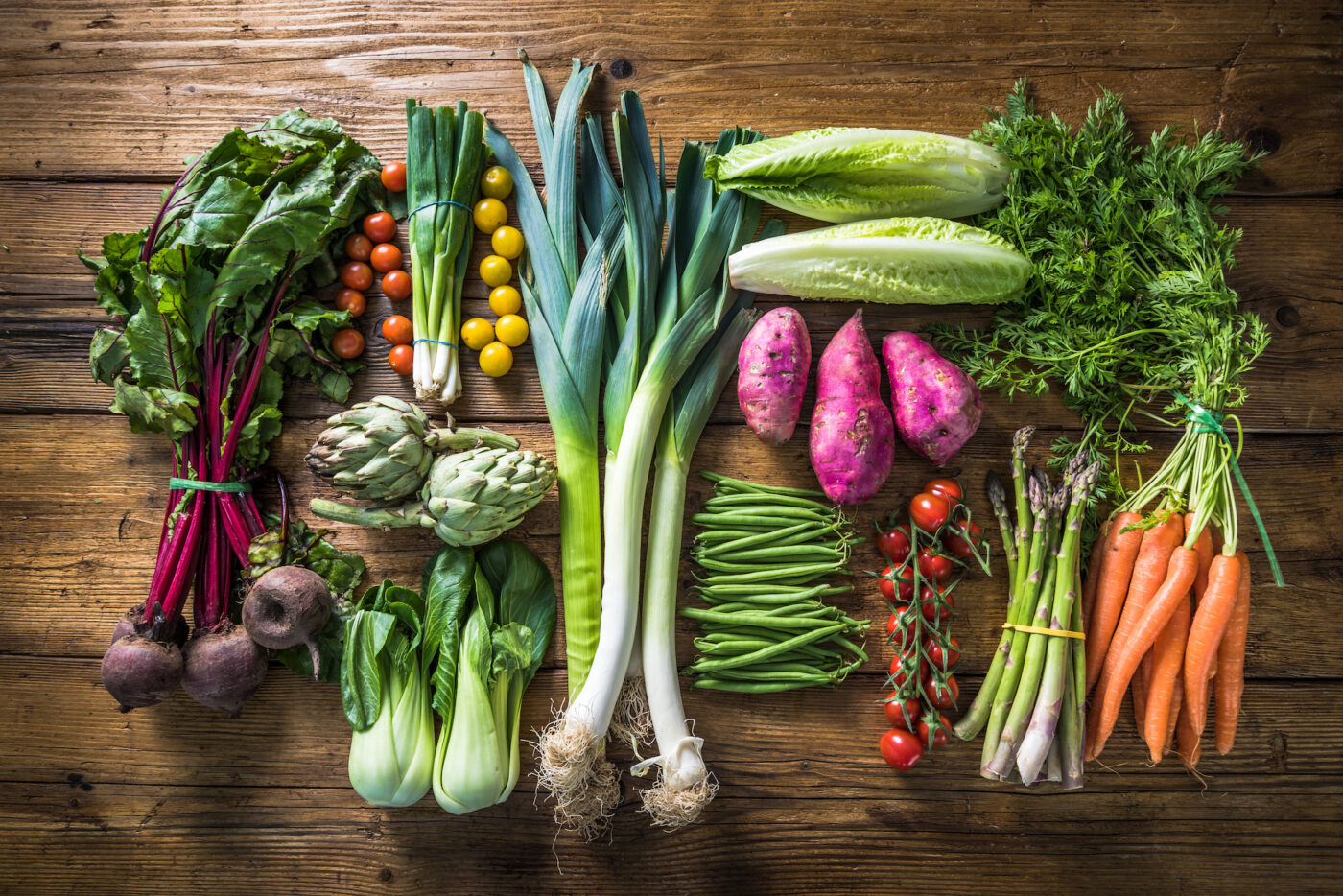The latest list of the The “Dirty Dozen” and the Clean 15 just was updated.
What is it? It’s a list of twelve fruits and vegetables identified as having the highest pesticide residues when conventionally grown. The list is compiled and published annually by the Environmental Working Group.
The current “Dirty Dozen” list includes strawberries, spinach, kale, nectarines, apples, grapes, peaches, cherries, pears, tomatoes, celery, and potatoes. These fruits and vegetables are often grown using pesticides that can leave residues on the produce, even after it has been washed or peeled.
The EWG recommends consumers consider buying organic versions of these fruits and vegetables to reduce pesticide exposure. However, it’s important to note that the health benefits of consuming conventionally grown fruits and vegetables outweigh the risks associated with pesticide exposure. Proper washing and preparation techniques can also help reduce exposure to pesticide residues.
The “Clean 15” lists fifteen fruits and vegetables identified by the Environmental Working Group (EWG) as having the lowest pesticide residues when conventionally grown. The list is compiled and published annually to complement the “Dirty Dozen” list.
The current “Clean 15” list includes avocados, sweet corn, pineapples, onions, papayas, frozen sweet peas, eggplant, asparagus, broccoli, cabbage, kiwi, cauliflower, mushrooms, honeydew melon, and cantaloupe.
These fruits and vegetables have been found to have lower levels of pesticide residues, making them a safer choice when buying conventionally grown produce. However, it’s important to note that choosing organic produce is still the best way to minimize pesticide exposure.
The “Clean 15” list can serve as a helpful guide for consumers looking to make informed choices about their produce purchases and reduce their pesticide exposure.
WHAT’S NEW IN THE 2023 SHOPPER’S GUIDE?
Blueberries and green beans are on the Dirty Dozen this year. Both crops still have troubling concentrations of pesticides that can harm the human nervous system, called organophosphate insecticides. However, the levels have decreased over the past decade.
Several green bean samples had residues of acephate, a toxic pesticide, which the EPA banned more than 10 years ago from use on green beans grown for food.
Also, this year, cantaloupe was removed from the Clean Fifteen, and carrots were added.
Why You Should Care:
Here are Some highlights from the Dirty Dozen testing:
- More than 90 percent of samples of strawberries, apples, cherries, spinach, nectarines, and grapes tested positive for residues of two or more pesticides.
- A total of 210 pesticides were found on Dirty Dozen items.
- Of those, over 50 pesticides were detected on every crop on the list, except cherries.
- All of the produce on the Dirty Dozen had at least one sample with at least 13 different pesticides — and some had as many as 23.
- Kale, collard, mustard greens, hot peppers, and bell peppers had the most pesticides detected of any crop — 103 and 101 pesticides in total, respectively.
- The neurotoxic organophosphate insecticide acephate, prohibited from use on green beans in 2011, was detected in six percent of green bean samples.
